The paleo diet has gotten a bit of a bad rap in some circles over the years, with people perhaps misinterpreting the ‘caveman’ description. Some initially thought it involved eating just berries, meat and literally only the foods a caveman had access to. However, there is a bit more to it than that. The diet is based on eating whole, unprocessed foods that resemble their natural form. While some think it’s over the top, it is a good idea in theory. But is it all it’s cracked up to be?
We take a look at the concepts of the paleo diet, explore ways to follow it and find out who it might suit…
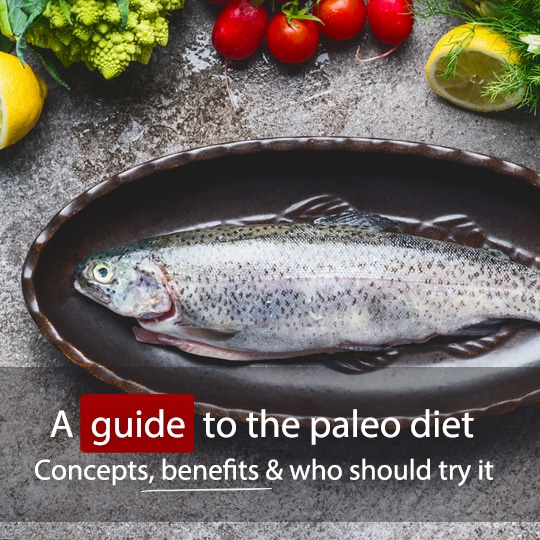
Is A Paleo Diet Suitable For Everyone?
There has been some confusion about the evolution of humans and whether the same foods cavemen and women ate are what humans today need. Genetically, we modern humans are the same as our ancestors. They did not suffer from some of our common food-related chronic illnesses, like obesity, diabetes and heart disease.
One of the reasons a lot of people are against the paleo diet is because it is perceived as being extremely restrictive. However, if you think about it as eating natural foods, it’s not necessarily all that restrictive. The other problem some people within the world of nutrition pick out with the paleo diet is its ‘one size fits all’ mentality. This can be problematic, because everyone’s nutritional needs are different. Men and women are different, and individuals are all different. Some people lack in certain nutrients, and things like blood pressure, lifestyle and natural metabolism impact how much and what you should eat.
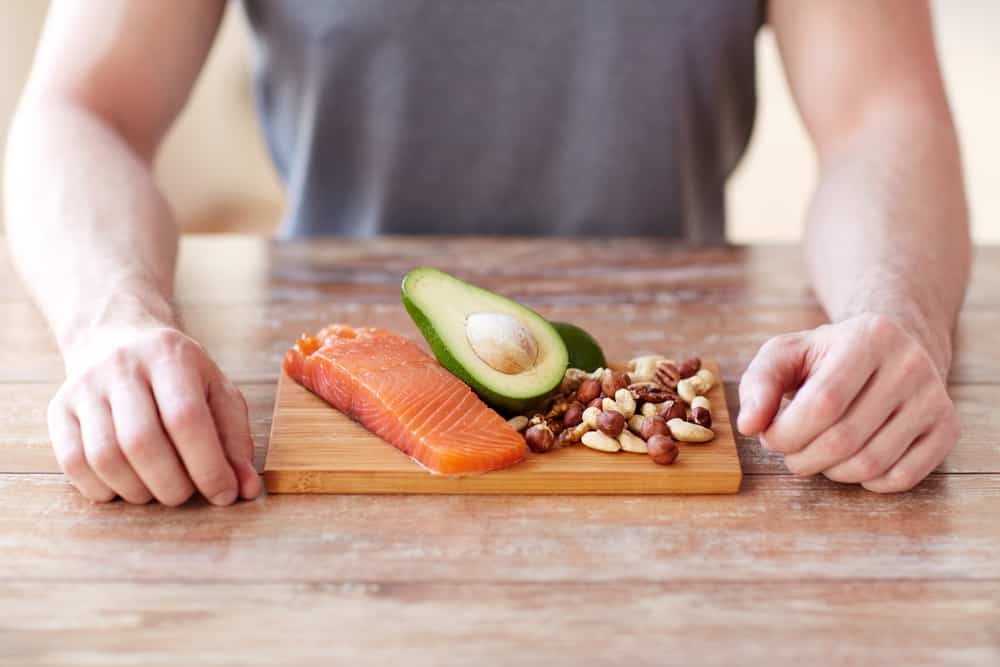
Having said all that, it is still a healthy diet option in general. For example, if an overweight diabetic man was looking to make a lifestyle change to benefit his health, it would not be harmful for him to choose a paleo diet. It would result in him being healthier. Of course, it’s not the only option to him, and it’s not even necessarily the best option. (If he went to a dietitian who created a meal plan specifically designed to his needs, for example, that would be ideal). However, if he decided to follow the paleo diet on his own, it would still be an improvement on his health.
What Foods Can I Eat On A Paleo Diet?
To put it very simply, paleo diet followers can eat meat, fish, eggs, vegetables, fruits, nuts, seeds, healthy natural fats, herbs and spices. To delve a bit more into the basic foods paleo followers should base their diets on, let’s take a look at each group.

Protein
In relation to protein, the usual meat, fish and eggs are allowed. That includes beef, lamb, pork, turkey and chicken, salmon, trout, cod and other white fish, shrimp and shellfish, as well as eggs. If you can find free-range, or even better, organic eggs and meat, that’s the best option. In relation to fish, try to go for wild-caught options. If you can’t find, or can’t afford organic meats, make sure you are not buying processed options. And when talking about meat, or animals, the paleo approach involves basically eating the whole animal. That means organs, bone marrow and cartilage, just like our hunter-gatherer ancestors.
Fruit & Vegetables
You can eat any natural vegetables you like on a paleo diet. Examples include broccoli, spinach, kale, bell peppers, carrots, onions, beans, cauliflower, cabbage, sprouts, potatoes, sweet potatoes, turnips – the list goes on! Same with fruit – go nuts on anything that’s in season. The usual apples, bananas, pears, oranges, avocados, strawberries, tomatoes, blueberries, grapefruit, grapes, pineapple and cantaloupe are all good – plus any we’ve forgotten!
Healthy Fats
Nuts and seeds are all in the ‘yes’ category. Almonds, macadamias, walnuts, hazelnuts, pumpkin seeds, sunflower seeds, flaxseed etc is all good. When it comes to healthy fats and oils, you can use olive oil, avocado oil, coconut oil, natural animal fats and, in some cases, butter.
Herbs & Spices
All natural herbs and spices are fine. Choose sea or Himalayan salt, cracked pepper, garlic, ginger, turmeric, thyme, rosemary, coriander and everything in between.
So, as you can see, there are a lot of foods included in those categories, and we weren’t even able to list half of them in some cases (like herbs and spices). However, it still may be looking a little restrictive. Don’t worry though – you are not necessarily limited to these foods. We’ll take a look at what is definitely out of bounds, and then take a look at the questionable options…
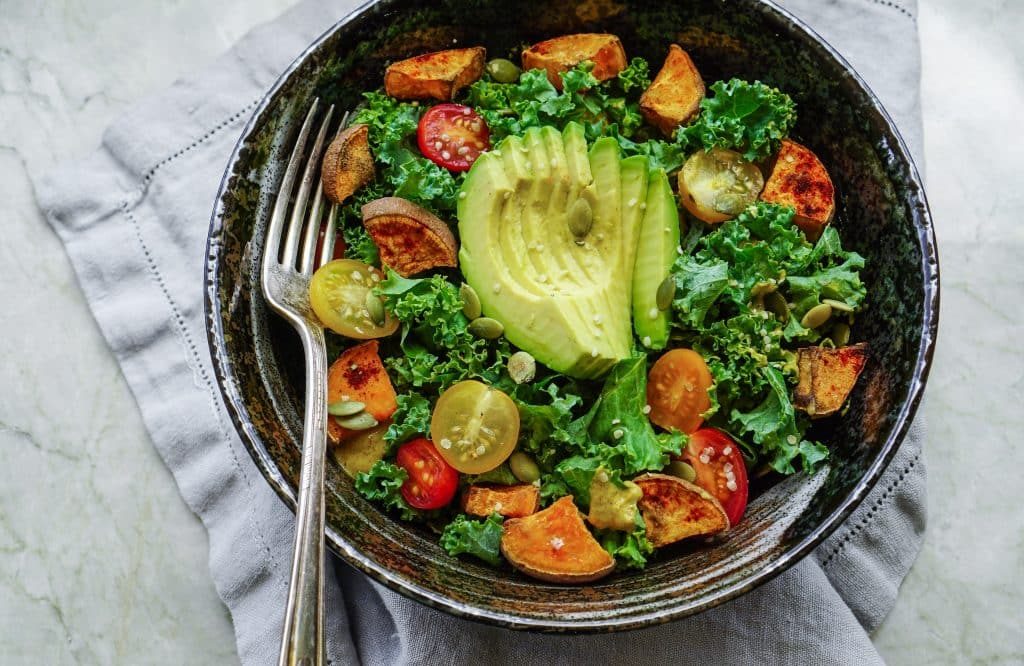
The No Go Zone
There are some foods and ingredients that you need to steer clear of if you want to follow a paleo diet. They include processed foods, refined sugar, grains, most dairy products, legumes, artificial additives, vegetables oils, margarine and soda. Let’s take a more in depth look at what you cannot eat on a paleo diet…
Sweeteners
In relation to sweeteners, avoid refined sugar, high fructose corn syrup and artificial sweeteners. That includes fizzy drinks, fruit juice, table sugar, generic chocolate brands, candy and sweets, pastries, ice cream, diet sodas, cakes and buns, and sugar free chocolate bars that use artificial sweeteners. That is a broad overview but there are many, many other packaged and bakery foods that are in the no go zone. Avoid anything that has sugar, sucrose, corn syrup or sweeteners like saccharin, acesulfame, aspartame, sucralose and neotame as a general rule.

Grains, Legumes & Wheat
In relation to grains and legumes, avoid bread, pasta, wheat, spelt, rye, barley, beans and lentils. This is one of the questionable out of bounds food groups, because beans and lentils are extremely healthy. The reason paleo followers avoid this food group is because of the antinutrients in legumes and beans, such as lectins and phylates. Some believe the antinutrients cancel out the nutrients. However, that is not true. A number of studies prove the health benefits of legumes outweigh their antinutrient content. It gets more and more complicated, but to put it simply, washing and cooking them significantly reduces the impacts of the antinutrients. It also ensures your body soaks in the beneficial nutrients.
Dairy
Most dairy is avoided in paleo diets, including anything low-fat. However, some paleo dieters include full-fat butter and cheese. In general, avoid anything that is described as low-fat, fat-free or diet.
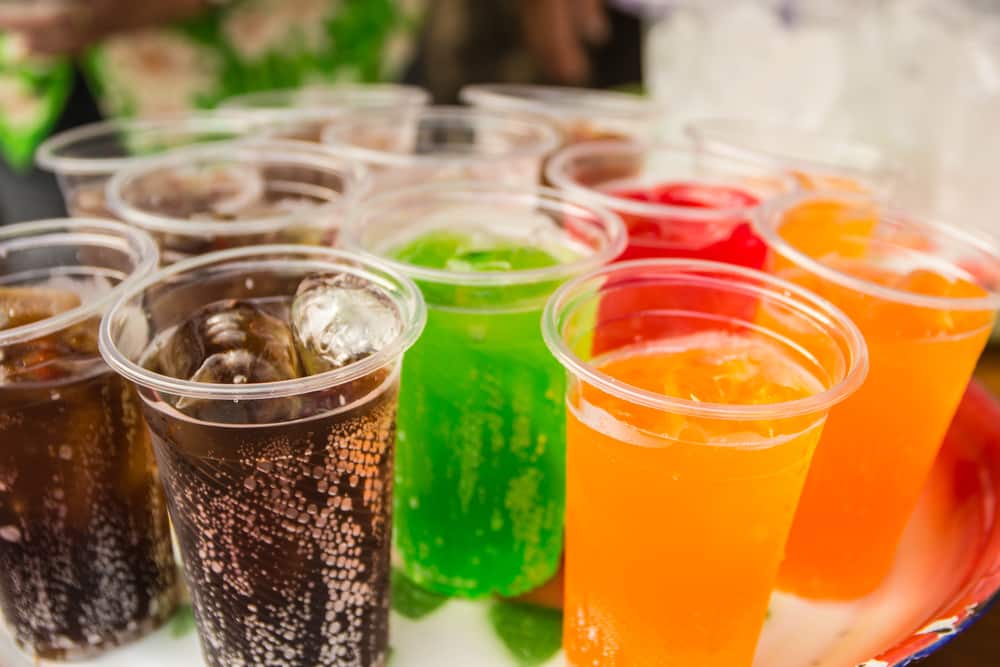
Vegetable Oils
As far as oils go, stay away from vegetable-derived varieties. That includes sunflower, corn, soybean and cottonseed, to name just a few. Trans fats are also avoided in paleo diets, which means no margarine or processed butter substitutes.
Muddying The Waters
As mentioned, there are some exceptions and questionable foods available to paleo dieters. The list has evolved over the years, and different versions of the paleo diet have emerged. For example, some paleo followers argue that certain modern foods have been scientifically proven to be healthy. In that case, they decide they can include them in their diet.
Some examples include quality bacon from organically raised pigs, butter from grass-fed cows and certain gluten-free grains, such as rice.

Then, to throw even more fuel into the fire that is the paleo controversy, some people use the diet as a starting point. They choose to base their diet on the paleo foundations, but not restrict themselves to that alone. For example, they may enjoy a glass of red wine with dinner or a black coffee in the morning. Quality dark chocolate is also considered by some paleo dieters as an acceptable exception to the rule. Some might also say the dairy products are outside the strict paleo diet.
When it comes to ingredients, modern humans can also create delicious paleo-friendly desserts and sweets that taste as indulgent as the sugar and refined-carb options!
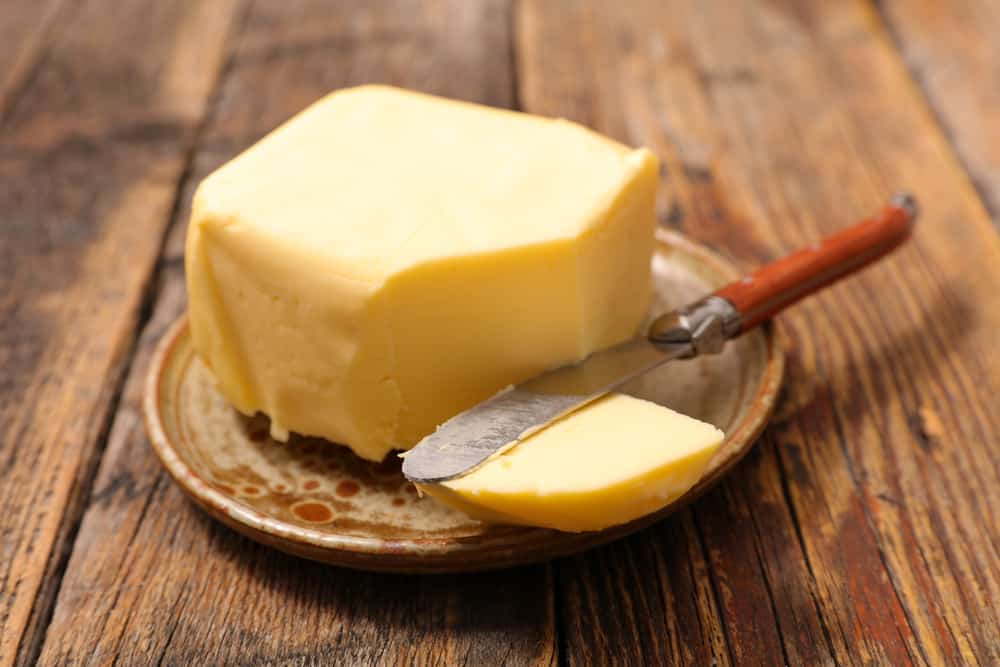
What Are The Benefits Of A Paleo Diet?
There are a number of undisputed benefits of the paleo diet. They include the likelihood that you’ll be eating clean food and cutting out unnatural additives, artificial preservatives and potentially harmful chemicals. You will also be unwittingly consuming more plant nutrients, which come with a number of health benefits, including anti-inflammatory components. Natural red meat is full of iron, which is, of course, a bonus. However, there are risks with consuming too much red meat, so it’s important to make up the bulk of your diet with plants, rather than animal protein.
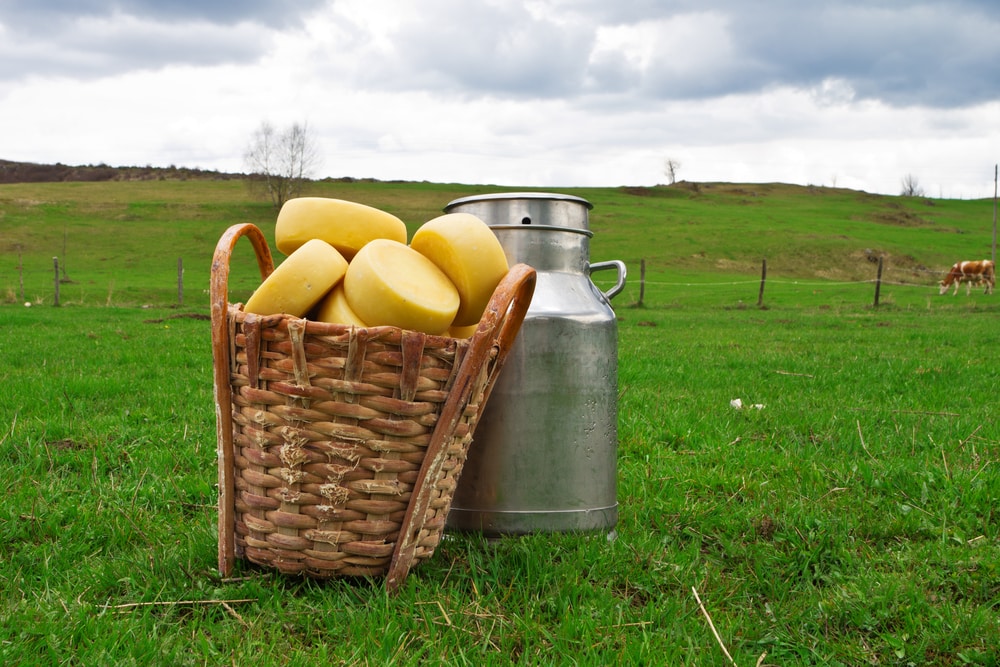
Evidence-Based Benefits
While this diet is still considered extremely controversial by some, there have been many studies done on its health benefits. A number of them have concluded it is beneficial. However, some have also concluded it is harmful to have a ‘one size fits all’ mentality when it comes to diet. And some within the world of nutrition believe paleo diets, in some cases, can actually be harmful to certain people.
A study of 29 men with heart disease or type 2 diabetes on either a paleo diet or Mediterranean-type diet looked at weight loss and glucose tolerance. Both groups lost weight on the diets but the paleo group saw a significant improvement in glucose tolerance.

A 2008 study of healthy male and female medical students found the paleo diet helped them lose weight. In particular, it resulted in them losing belly fat. The research lasted three weeks and resulted in an average weight decrease of 2.3kg. Body mass index also decreased by 0.8. Waist circumference reduces by an average of 0.6 inches (1.5cm). And systolic blood pressure went down by 4 mmHg. Researchers concluded the paleo diet had some “favorable effects”, but that further studies were needed.
Does It Benefit Everyone?
No, is the short answer. Something that perhaps some paleo followers forget is that our hunter-gatherer ancestors were not necessarily the epitome of health! Infectious diseases, atherosclerosis (artery problems) and parasites were all issues suffered by Paleolithic humans. But the biggest concern is the one size fits all issue, which we’ve mentioned briefly earlier. There are a few problems with listing foods in definitive ‘allowed’ and ‘not allowed’ categories. To begin with, food restriction can become problematic on a mental level. That type of dieting can cause unhealthy relationships with food. That can lead to obsessions, bingeing and guilt. A paleo diet can also be difficult to sustain long-term. It will only suit a small minority of people for the rest of their lives.
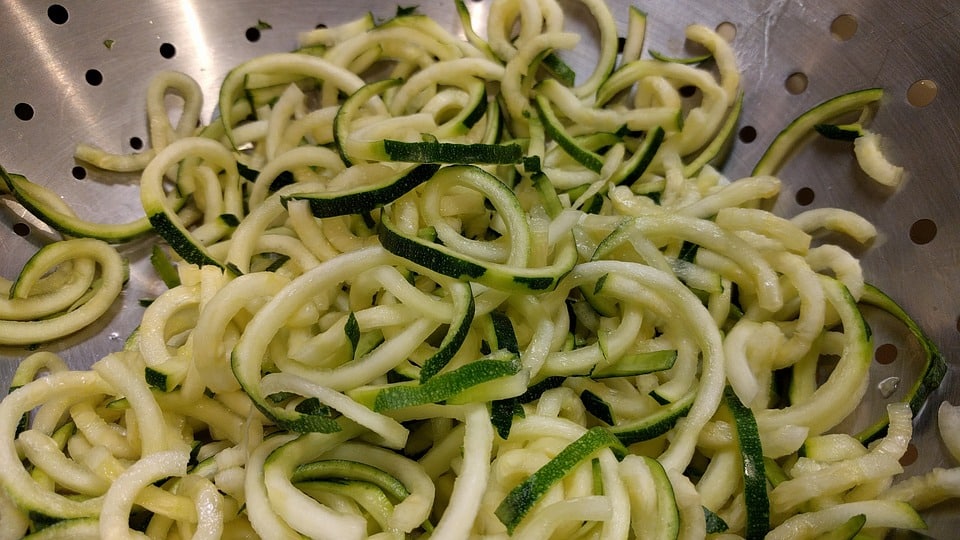
Some scientists go further and say it’s not even beneficial if you do it correctly, like this 2016 paper. It suggests a low carbohydrate, high fat diet is unlikely to reduce hyperglycemia in type 2 diabetic patients.
If you’re thinking of starting the paleo diet, ask yourself if it’s something you can sustain. If not, it may not be a good idea to start, because when you give it up, it can be more harmful than not starting it in the first place. There is a way around it, if you do want to try a paleo-type diet, however. That is to consider using it as your base diet, but not being fully restrictive. Or you can simply attempt to eat appropriate portions of food. Cut out as much processed and refined foods as possible and up your fruit and vegetable intake.

Paleo Recipes
Whether you want to full-on attempt the paleo lifestyle, or substitute some of your meals and snacks with paleo options, here are some recipes to get you started…
Homemade Turkey Sausage – We know you’re waiting to get to the delicious sweets, but it’s handy to have some savory options up your sleeve! This sausage recipe is a little bit sweet, spicy and the perfect addition to your breakfast, lunch or dinner.
Thai Sesame Red Cabbage & Carrot Salad – This bright, beautiful salad is refreshing, crunchy, tangy, sweet and savory all in one! The recipe calls for red cabbage, carrots, fresh mint, fresh basil, cilantro, sesame seeds, lime juice, fish sauce, honey, sesame oil and ginger… Those turkey sausages would be great accompaniments!

Paleo Almond Butter Molasses Ice Cream – If you have a nice paleo ice cream option in your freezer, you’re doing alright! This smooth, creamy, rich frozen sweet tastes just as good as any indulgent sundae or iced dessert, but it’s make with all-natural ingredients.
Three-Ingredient No-Bake Junior Mint Cups – You can’t go wrong with three ingredients, and this dessert is not only paleo, but it’s vegan as well! All you need is peppermint extract, paleo chocolate and coconut butter.


